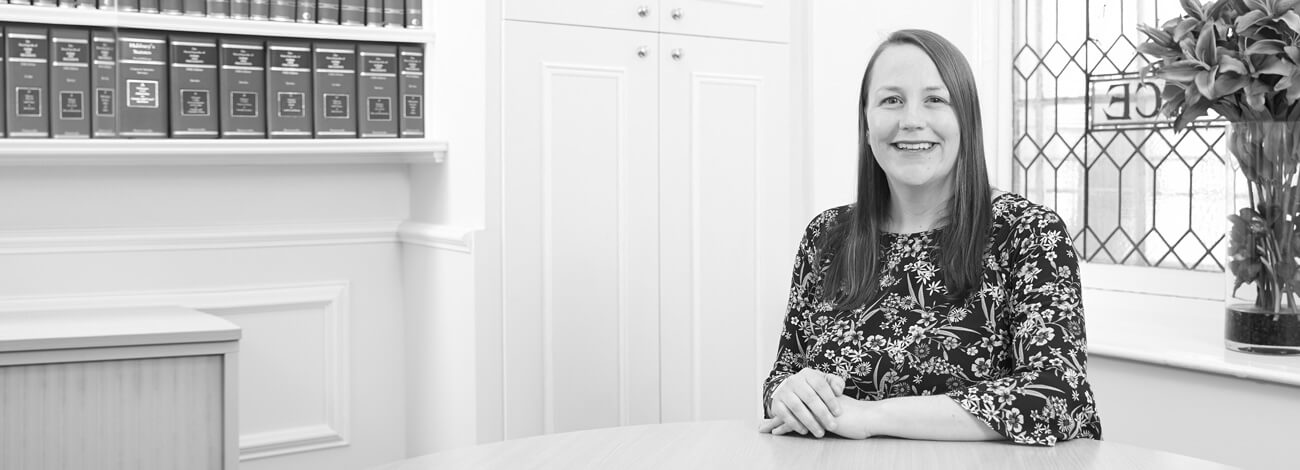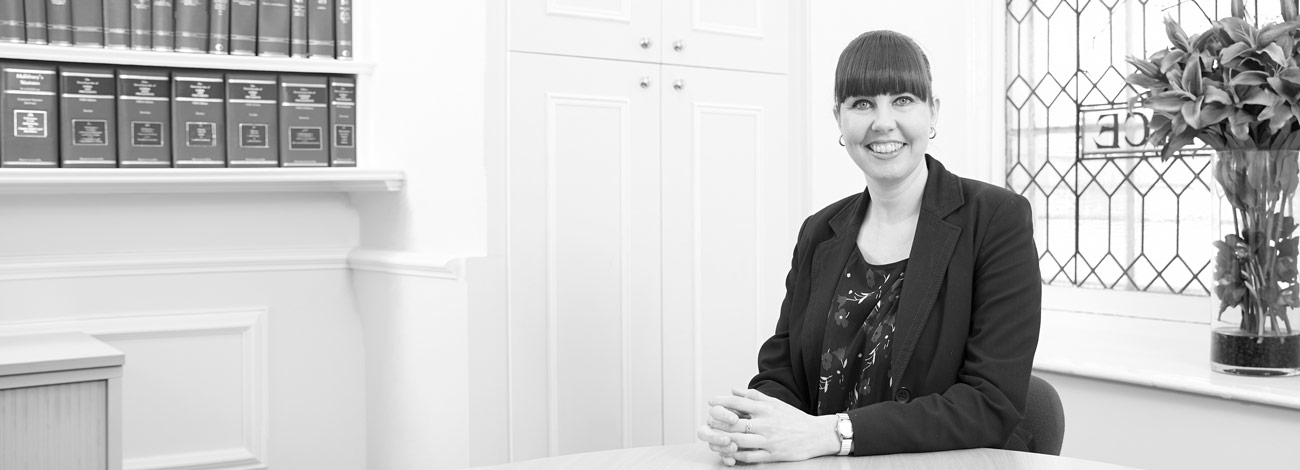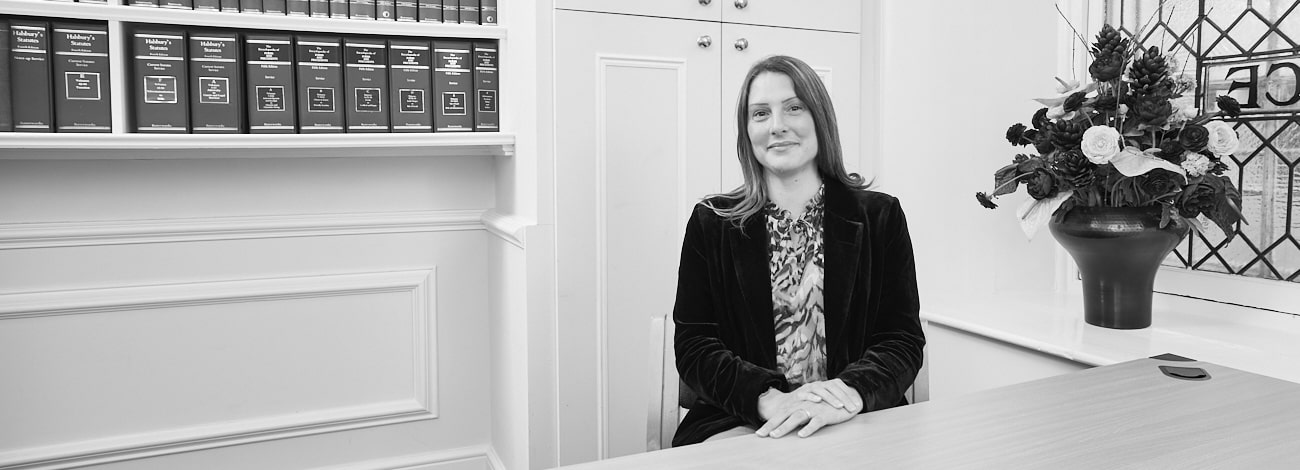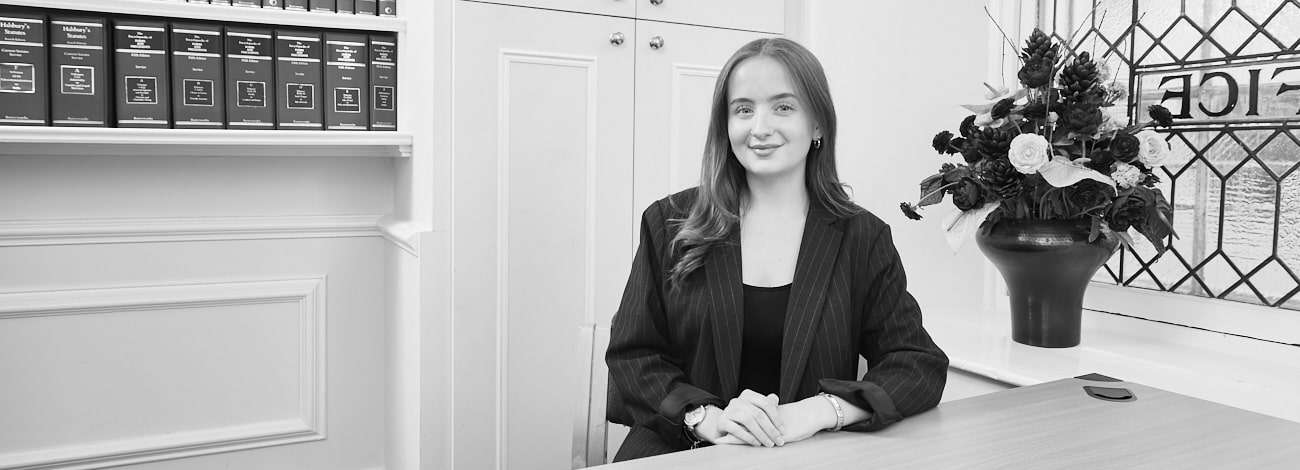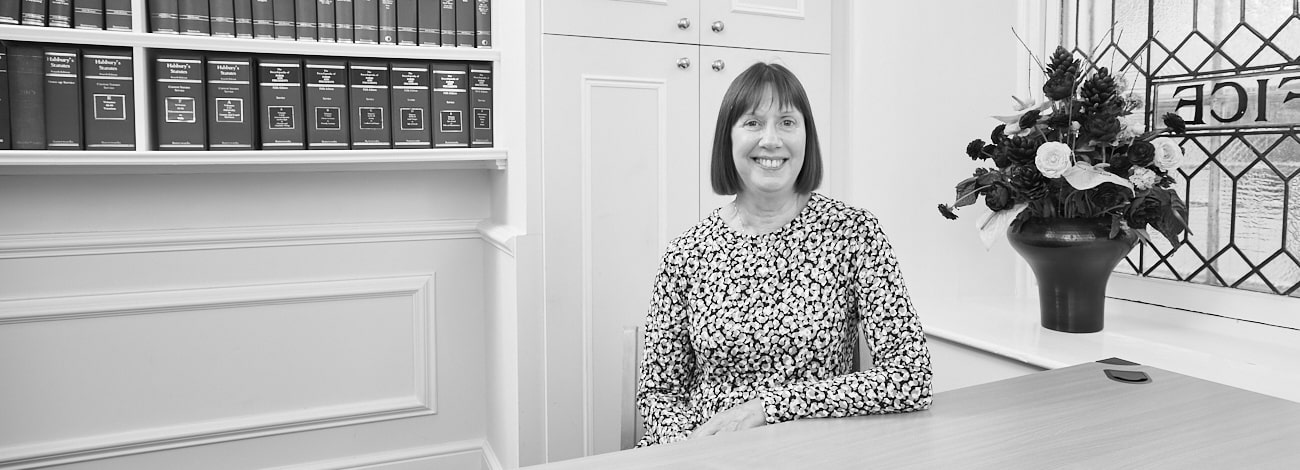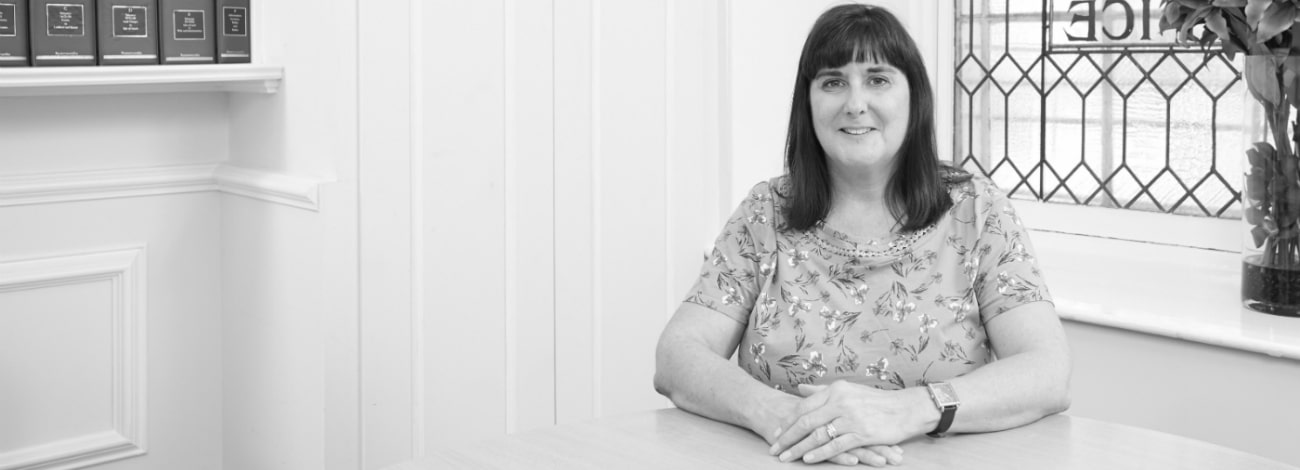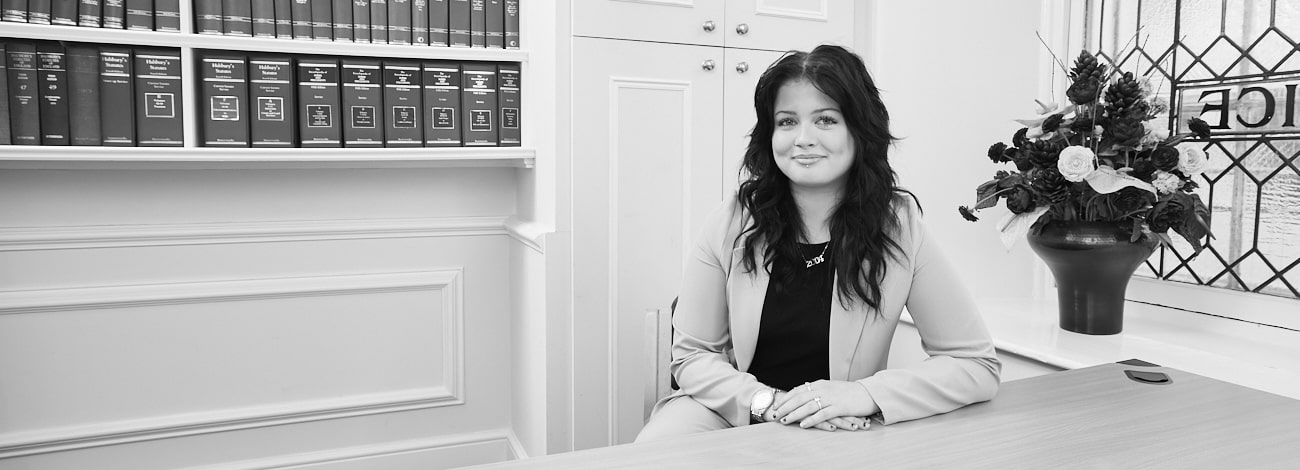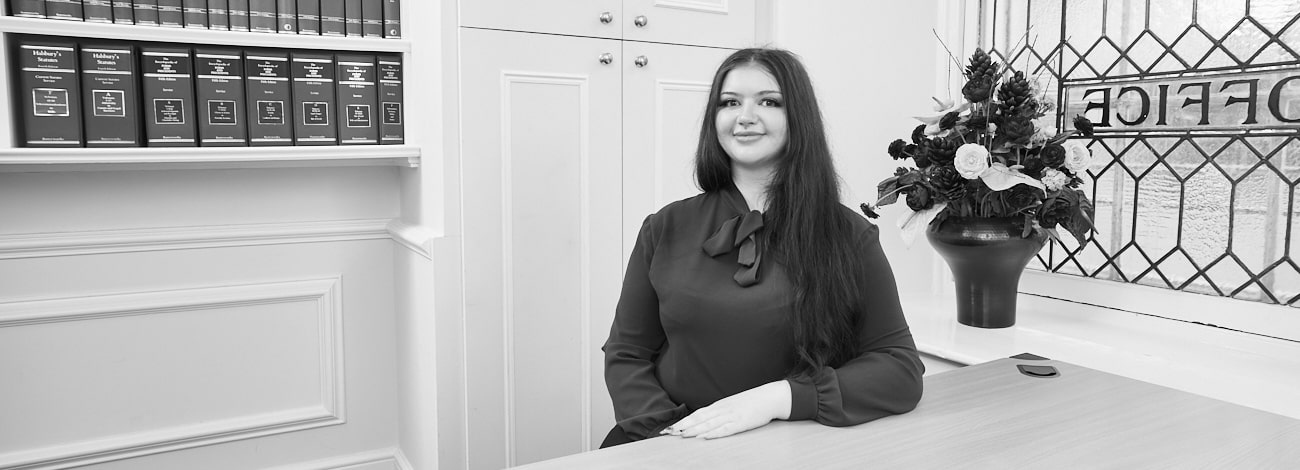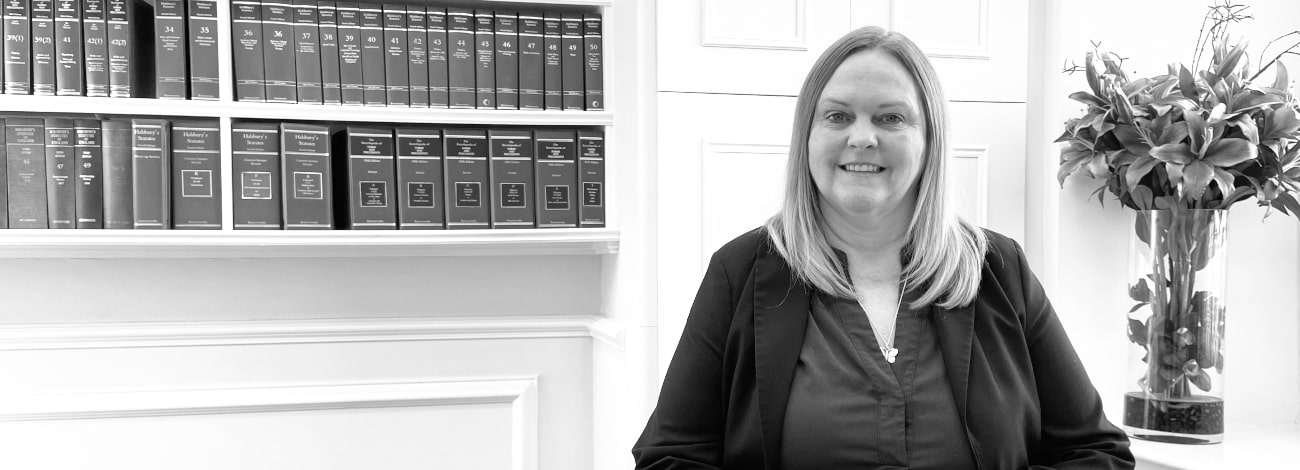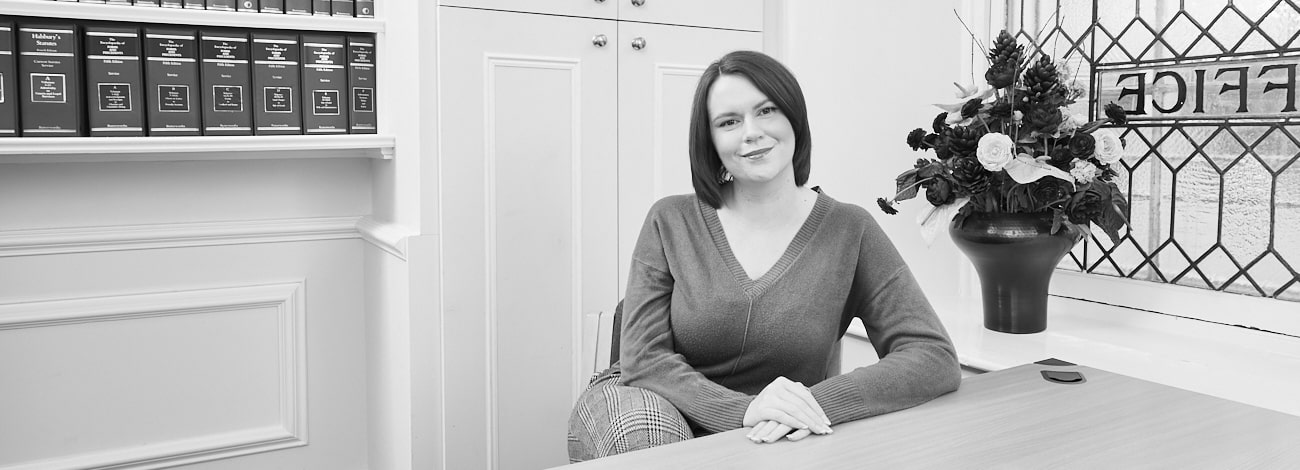Wonderful service from start to finish.
Inheritance Tax Mitigation - Business Property Relief
Whilst many clients will be familiar with the commonly used exemptions from Inheritance Tax such as the small gifts exemption, the annual allowance of £3,000, divorce payments and normal expenditure out of excess income, less commonly used are reliefs given to agricultural property and business property.
This overview covers the key elements of Business Property Relief (BPR).
Background
There are three components which need to be in place in order to qualify for relief.
a). Is the business asset a “qualifying business”?
b). Is the asset relevant business property?
c). Has the minimum period of ownership been met?
What is a qualifying business?
“Business” includes a business carried on in the exercise of a profession or a vocation but does not include a business carried on otherwise for gain (Section 103(3) of the Inheritance Tax Act 1984).
A business does not qualify if its activities consist wholly or mainly in dealing in securities, stocks or shares, land or buildings, or making or holding of investments unless certain additional qualifications are met.
The focus of attention therefore is on whether the business in effect is trading and not e.g., merely collecting rent (which is regarded as an investment).
There is however some leniency in the Case Law in that if a business has sold certain assets and has placed monies on deposit thus receiving pure interest (on the face of it not qualifying) if there is a clear intention that the money has been reserved for the purchase of suitable business assets by way of replacement and pending this the money is simply held on deposit then the company could still be a qualifying business.
The Inland Revenue at the moment are taking a close look at furnished holiday lettings and also horse stabling/livery and there is often litigation on the borderline between trading and simply collecting rent. But Case Law has also given some additional guidance as to what a Court’s approach might be and it has been confirmed that the level of net profits was not the only (or even the principal factor) when deciding whether a business consisted mainly or making or holding investments. The following factors will also be brought into account:
- the overall context of the business
- the capital employed
- the time spent by employees working on the business activities
- the turnover
- the profit
These factors can be applied in assessing whether the business is a trading business for BPR. The general consensus is that a business should be looked at “in the round”.
When dealing with estates of deceased persons the focus of attention has normally been on the activities of a deceased business owner but over the last 10 years or so financial institutions have put together “inheritance tax packages” whereby shares are held either in AIM companies (which qualify for BPR) or for other closed companies consisting of trading businesses which have been specifically chosen so that they do qualify as a business eligible for Business Property Relief under the Inheritance tax regime.
Relevant Business Property
The second proviso is that in addition to the business being a qualifying business, relief under Section 104 of the Inheritance Tax Act 1984 is only given where the value transferred can be attributable to a “relevant business property”.
The categories are as follows:
a). A business or an interest in a business.
b). A controlling shareholding in an unquoted company.
c). A minority shareholding in an unquoted company.
d). A controlling shareholding in a quoted company (relief limited to 50%).
e). Land Buildings Machinery or Plant used wholly or mainly in a business carried on by a company controlled by a transferor or by a partnership of which he is a partner (relief limited to 50%).
f). Land Buildings Machinery or Plant in which the transfer had an interest in possession and which is used in his business (a technical trust term in the context typically of a Will Trust) – if the land is transferred with the business 100% relief if not 50% relief.
Shares dealt on the AIM market are treated as unquoted and therefore usually qualify automatically.
The minimum period of ownership
The transferor or deceased must have owned the property for at least two years before transfer or date of death. However the requirement is adapted where within the two year period the property has replaced other business property, or there have been two transfers, one of which was on death.
Where one spouse transfers a business asset to the other spouse during lifetime, the recipient spouse must own the asset for at least two years before being able to benefit from Business Property Relief.
However this does not apply in death situations – in that sort of situation the recipient spouse receiving the assets - if the transferring spouse dies - and first spouses period of ownership together with the recipient spouse’s period of ownership exceeds two years – then BPR is still usually available.
Thus the benefit of BPR can be conveniently passed on to a surviving spouse.
Further observations
The availability of Business Property Relief is a powerful incentive for families to keep running businesses on so as not to lose that relief. However care has to be taken not to allow sham businesses to arise whereby cash mountains develop of undistributed profits – they are not necessary for business they will not qualify for the relief.
The availability of Business Property Relief for shareholdings in unquoted companies paves the way for a number of financial institutions now to offer in effect Inheritance Tax free investments but with the caution that before looking at purchasing such shares independent financial advice would be needed on the risks and returns rather than just focusing on the IHT relief covered in this technical overview.
To have your questions answered regarding Business Property Relief, contact the Private Client team today on 01329 222075 or email privateclientenquiry@warnergoodman.co.uk.
As with all investments, there are certain risks and it is important that you fully understand that the following statements that may apply to the funds that you have invested:
- Past performance is not necessarily a guide to future returns.
- The value of units may rise and fall for many reasons such as exchange rate fluctuations, changing interest rates, lack of confidence by individuals in the economy, changes in Government both in the UK and on a worldwide basis.
- If you take an income from your investments, this should be regularly reviewed to ensure that the level of income reflects the performance of the investment fund. Failure to do so could result in a reduction of the capital value of your investment.
- If investment is in Fixed interest stocks these are sensitive to changes in interest rates, and any changes in the rate of inflation may have an adverse effect on their values. The value of these investments may fluctuate and there is no guarantee that you will receive back all the money originally invested. The borrower's creditworthiness is very important when considering the risk attaching to Fixed Interest investments.
- If investment is in a property fund, its value will depend on the judgement of an individual valuer and since the investment comprises units in a property fund, the fact that the land and buildings may at times be difficult to sell means that the operator may reserve the right to refuse to repurchase units offered to him for redemption.
- Investors may not get back the amount originally invested.
- There are additional risks associated with investments made directly or indirectly through investment vehicles which invest in derivatives.
- Our recommendations are based on our understanding of current tax law and this may change at short notice, sometimes with retrospective effect. In these circumstances our recommendations may become less tax-efficient and may need to be reviewed.
To speak to one of our experts please call us



